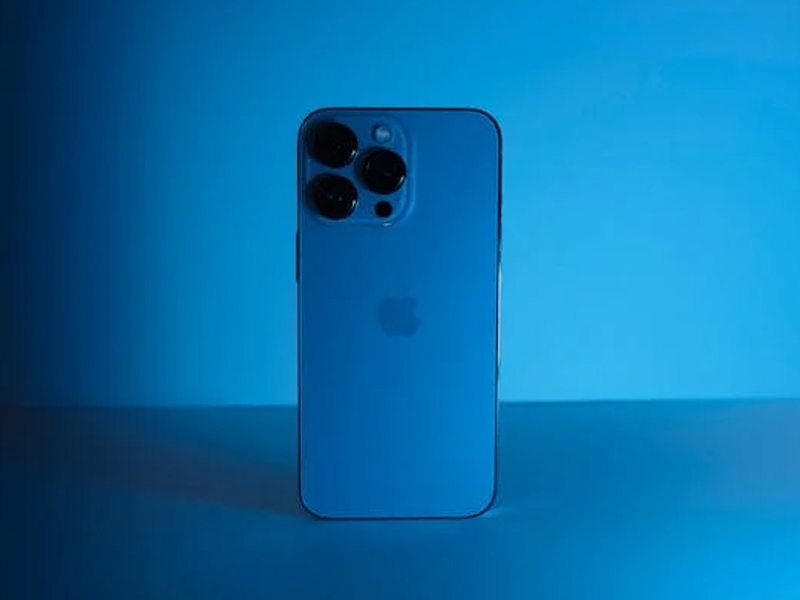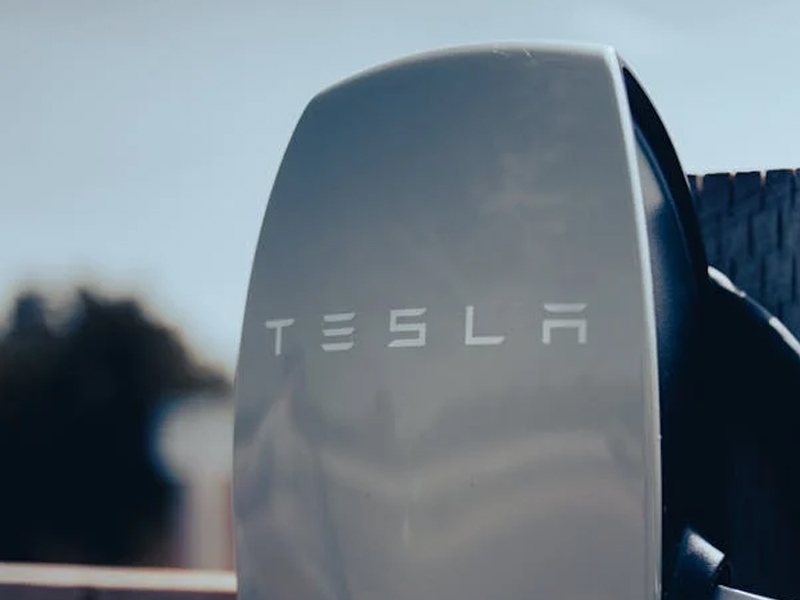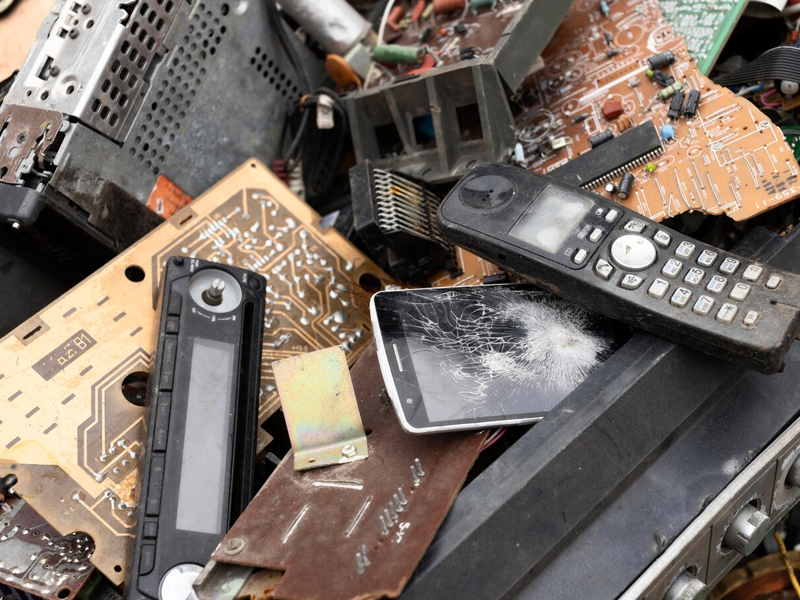3D Printers – Overview
Uncategorized
 Here is a technology that comes out straight from a fantasy action movie, where you can print literally any nonsense to something completely meaningful like manufacturing goods, prototypes and more. The output can be made of nylon, metal or plastic objects.
3D printing is nothing but “Additive printing” technology and supports additive manufacturing. Digital models are helpful in generating three-dimensional objects. The method used in factories presently is called subtractive manufacturing. The waste is removed from the main material,which is then sliced, or processed to produce the required object. The material is used as required for additive printing; according to the digital model and accounts for no waste materials absolutely.
Charles Hull invented this 3D printing in 1984. After a long delay, these printers were launched finally in the year 2010. Before 2010, the cost getting a 3D object was very high. With the advancement in technology, you can get them for up to 1000 dollars, each.
Several types of additive processes are followed in 3D printing. Each process is unique in the way the layers are set and which materials can be used.
Here is a technology that comes out straight from a fantasy action movie, where you can print literally any nonsense to something completely meaningful like manufacturing goods, prototypes and more. The output can be made of nylon, metal or plastic objects.
3D printing is nothing but “Additive printing” technology and supports additive manufacturing. Digital models are helpful in generating three-dimensional objects. The method used in factories presently is called subtractive manufacturing. The waste is removed from the main material,which is then sliced, or processed to produce the required object. The material is used as required for additive printing; according to the digital model and accounts for no waste materials absolutely.
Charles Hull invented this 3D printing in 1984. After a long delay, these printers were launched finally in the year 2010. Before 2010, the cost getting a 3D object was very high. With the advancement in technology, you can get them for up to 1000 dollars, each.
Several types of additive processes are followed in 3D printing. Each process is unique in the way the layers are set and which materials can be used.
- Stereo lithography
- DLP projection
- Poly jet matrix
- Fused deposition modeling
- Selective laser sintering
- Electron beam melting
- Selective laser melting
- Using a 3D modeling program, a new CAD file from scratch ─ is created or scanned.Then, the printer receives the file and as per the design the layers of the object are laid out until the whole object is produced.
- Let’s review some of these in more detail.
- ‘Stereo lithography’ is defined as a method of creating objects by generating its cross-sectional pattern.
- ‘Electron beam melting’ involves melting metal powder in layers in high vacuum through an electron beam.
- ‘Selective laser melting’ involves melting the powder with intense laser beams.
- In case of ‘Fused deposition modeling’ the shape of the printed object can be only of some specific shapes.
- Printers that deal in metal outputs are naturally expensive. The common workaround is to have printers that make moulds and then generate metal parts.
- Resolution of such printers is adequate, but it can be improved by creating an oversize object and using a subtractive process for sizing it down.
- 3D printing shall be used in several domains, such as building constructions, aircraft constructions, and so on to produce objects of any size and quantity. This technology promises to initiates new era as its use becomes more prevalent, rapid, and affordable.
Frequently Asked Questions?

01
Mobile Technology
iPhone Repair Just Got Easier: No More Disabling Find My Before Service
May 4, 2024

01
Tech news
Tech for a Greener You: Apps to Empower Your Sustainable Lifestyle
May 3, 2024

01
Internet of Things
Tesla’s Robotaxi: A Driverless Future on the Autobahn (or Freeway)?
May 2, 2024

01
Tech Gadgets
Don’t Trash Your Tech! Combating E-waste & Embracing Responsible Gadget Disposal
Apr 30, 2024
SUSBSCRIBE TO OUR NEWSLETTER
Join our subscribers list to get the latest news and special offers.
iPhone Repair Just Got Easier: No More Disabling Find My Before Service
Tech for a Greener You: Apps to Empower Your Sustainable Lifestyle
Tesla’s Robotaxi: A Driverless Future on the Autobahn (or Freeway)?
Meta Llama 3: Jack of All Trades, Master of None (But Still Free!)